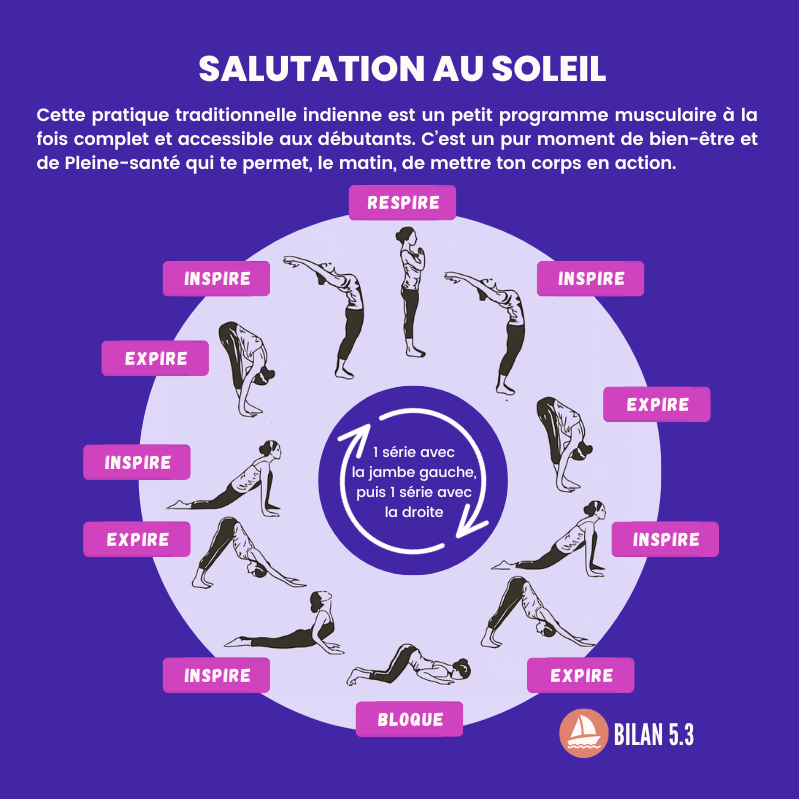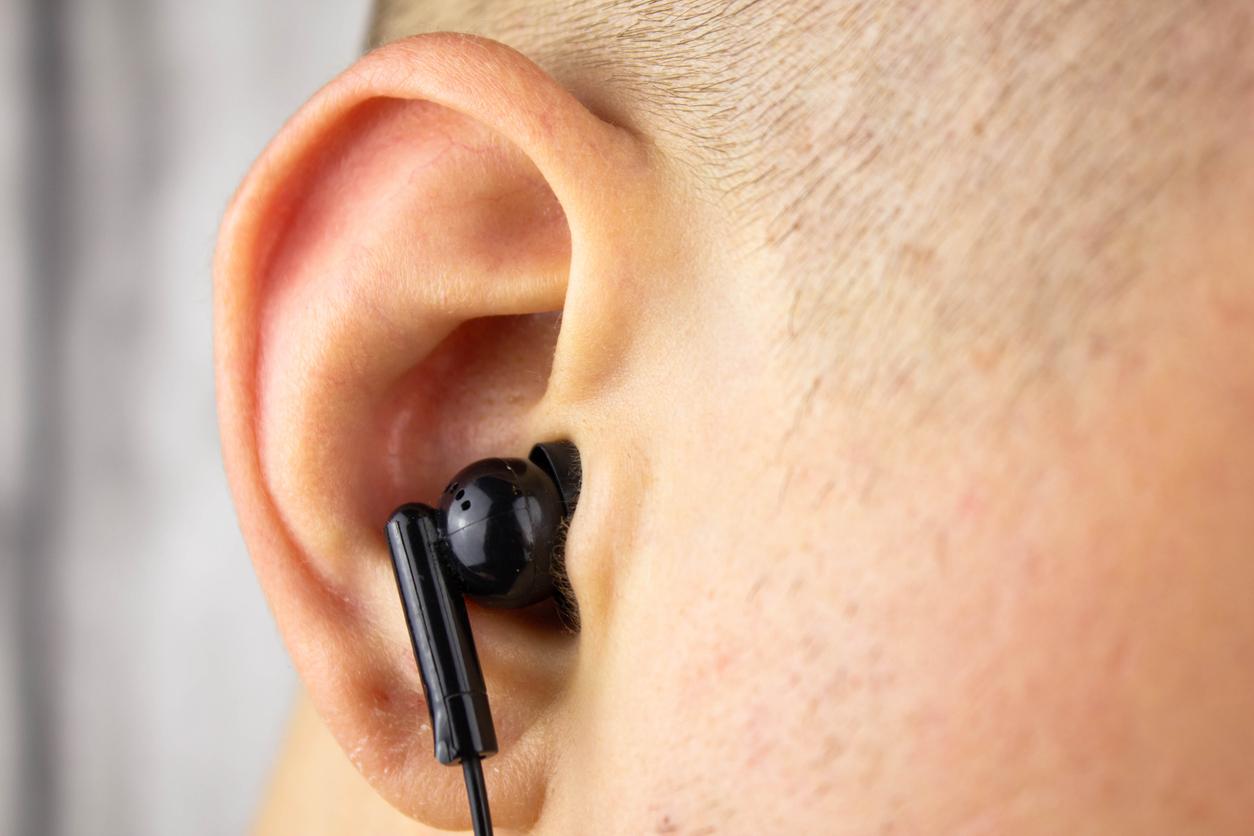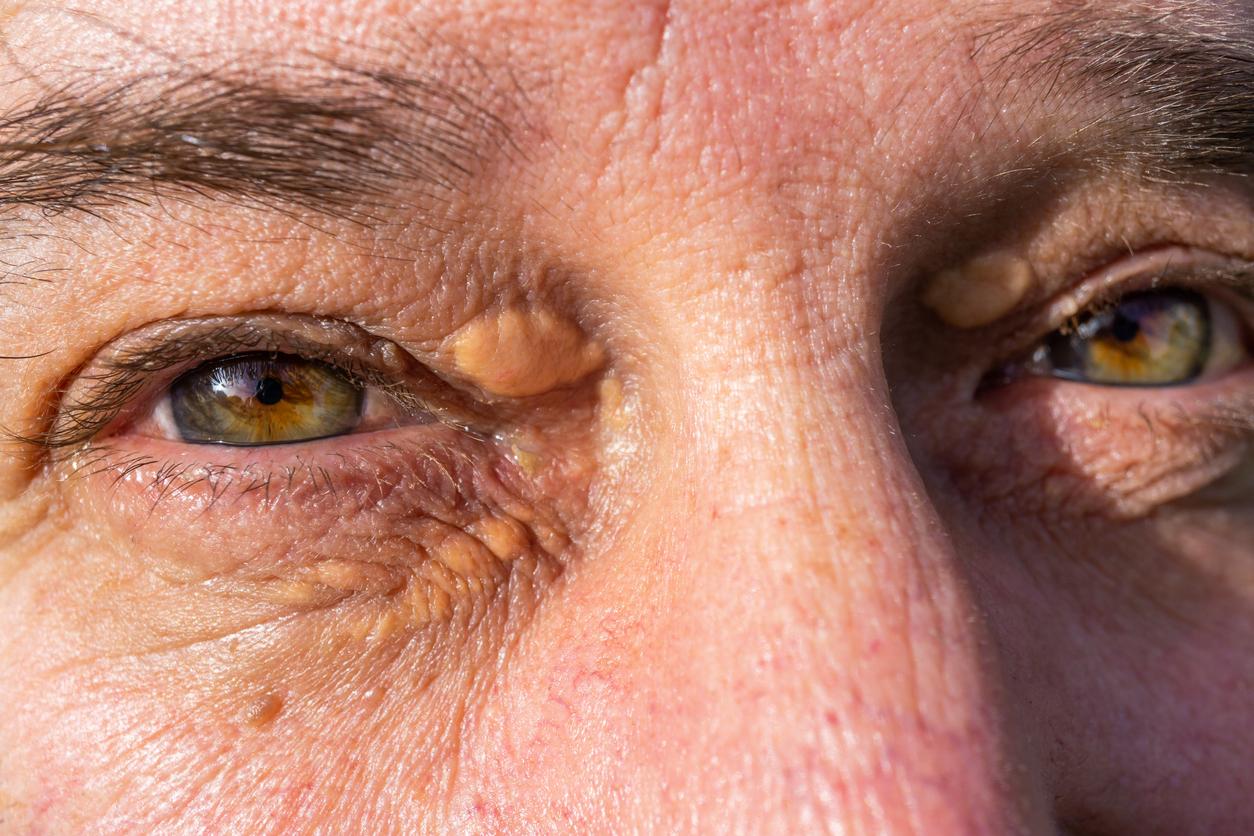Choosing the right sunglasses is essential to protect your eyes from the sun’s harmful UV rays.

- In the long term, UVA rays can penetrate the lens and cause it to become cloudy (cataract).
- To protect your eyes, it is therefore essential to choose suitable sunglasses.
- They must provide 100% protection against UVA and UVB rays. Look for statements such as “UV400” or “100% UVA/UVB protection” on the label or product description.
UV rays can trigger temporary inflammation of the cornea (keratitis) and temporary blindness (snow blindness) when exposed to too much sunlight. In the long term, UVA rays can penetrate the lens and cause it to become cloudy (cataract). It is therefore essential to protect yourself, starting from a very young age!
Sunglasses: 6 points to check
UV protection: Make sure the sunglasses offer 100% protection against both UVA and UVB rays. Look for statements like “UV400” or “100% UVA/UVB protection” on the label or product description.
Polarized filter: Polarized lenses reduce glare from reflective surfaces, such as water, snow, or glass. This improves visual comfort and clarity. If you plan to spend time outdoors in reflective environments, opt for sunglasses with polarized lenses.
Size and coverage: Choose sunglasses that provide adequate coverage to protect your eyes and the delicate skin around them. Larger, wraparound sunglasses reduce the amount of sunlight that can penetrate around the sides and underneath the glasses.
Quality materials: Choose sunglasses made with quality materials to ensure durability and optimal protection. Polycarbonate lenses are lightweight, impact-resistant and offer good protection against UV rays.
Lens tint: Lens tint is a matter of personal preference, but some tints may be better suited to certain activities. For example, gray lenses reduce light intensity without altering colors, while brown or amber lenses can improve contrast and depth perception.
Comfort and fit: Make sure the sunglasses are comfortable to wear. The temples should fit comfortably behind your ears without putting too much pressure. The nose pads should also be comfortable and not slip.
Bring prescription sunglasses if necessary.
If you wear prescription glasses, consider sunglasses with prescription lenses or clip-ons that fit your prescription. Consult your optician or ophthalmologist for sunglasses that fit your vision.
It’s important to note that choosing quality sunglasses doesn’t necessarily mean they have to be expensive. Just be sure to check that the sunglasses you choose provide adequate UV protection and meet your needs in terms of comfort and style.

















